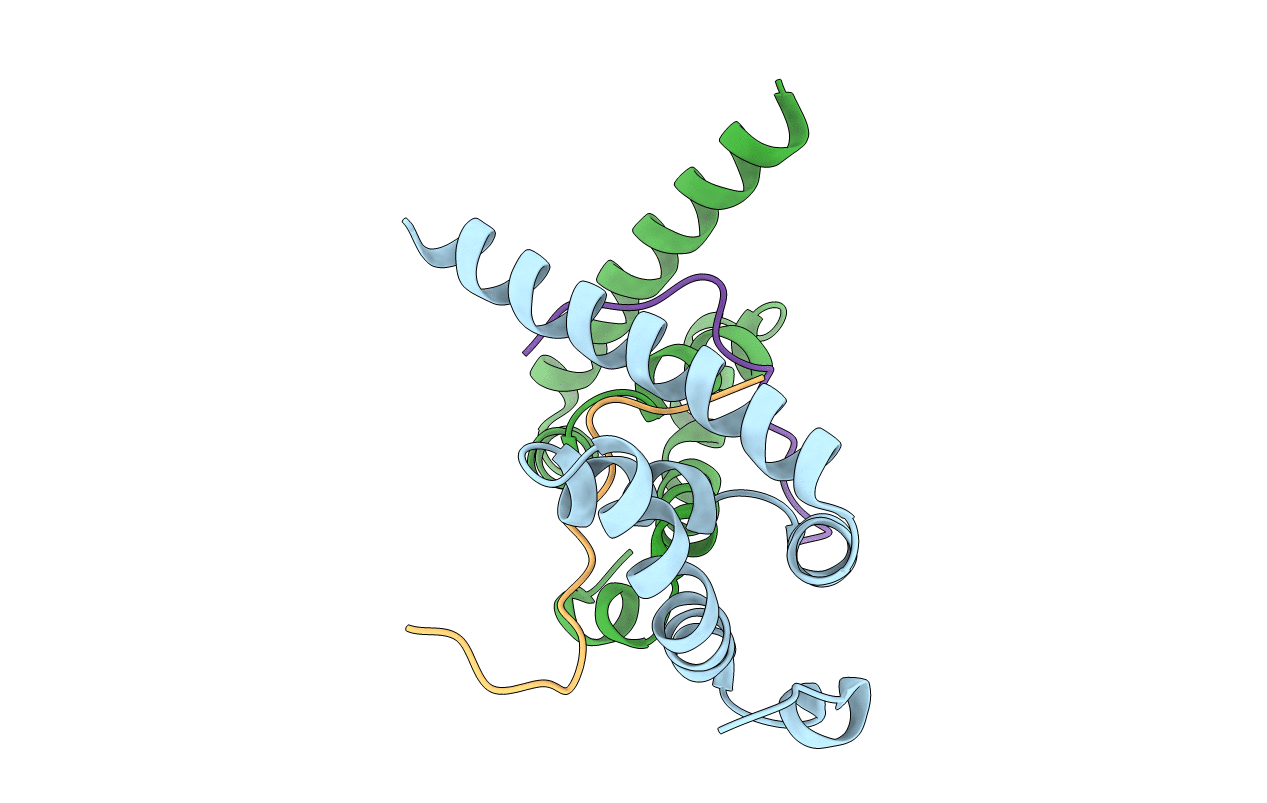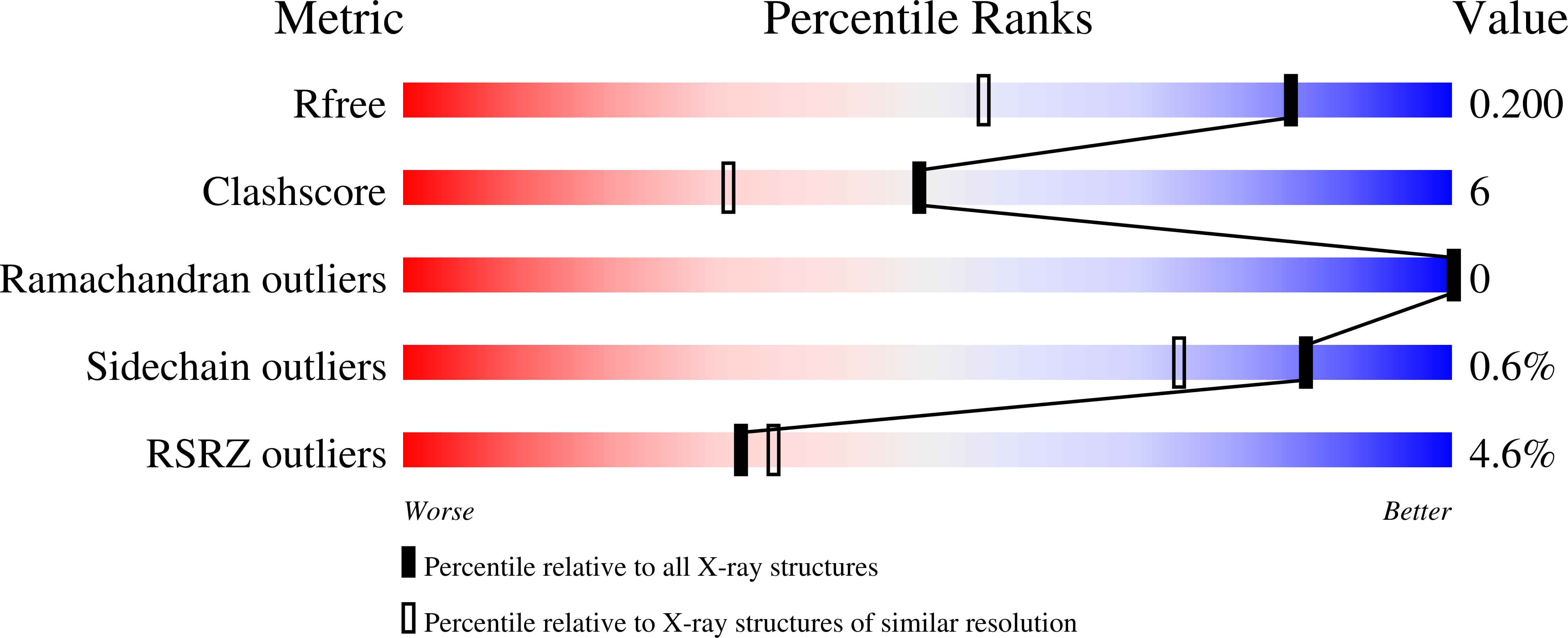
Deposition Date
2009-11-27
Release Date
2010-02-09
Last Version Date
2023-09-06
Entry Detail
PDB ID:
3KUT
Keywords:
Title:
Crystal structure of the MLLE domain of poly(A)-binding protein in complex with the binding region of Paip2
Biological Source:
Source Organism:
Homo sapiens (Taxon ID: 9606)
Host Organism:
Method Details:
Experimental Method:
Resolution:
1.50 Å
R-Value Free:
0.20
R-Value Work:
0.16
R-Value Observed:
0.16
Space Group:
P 1


